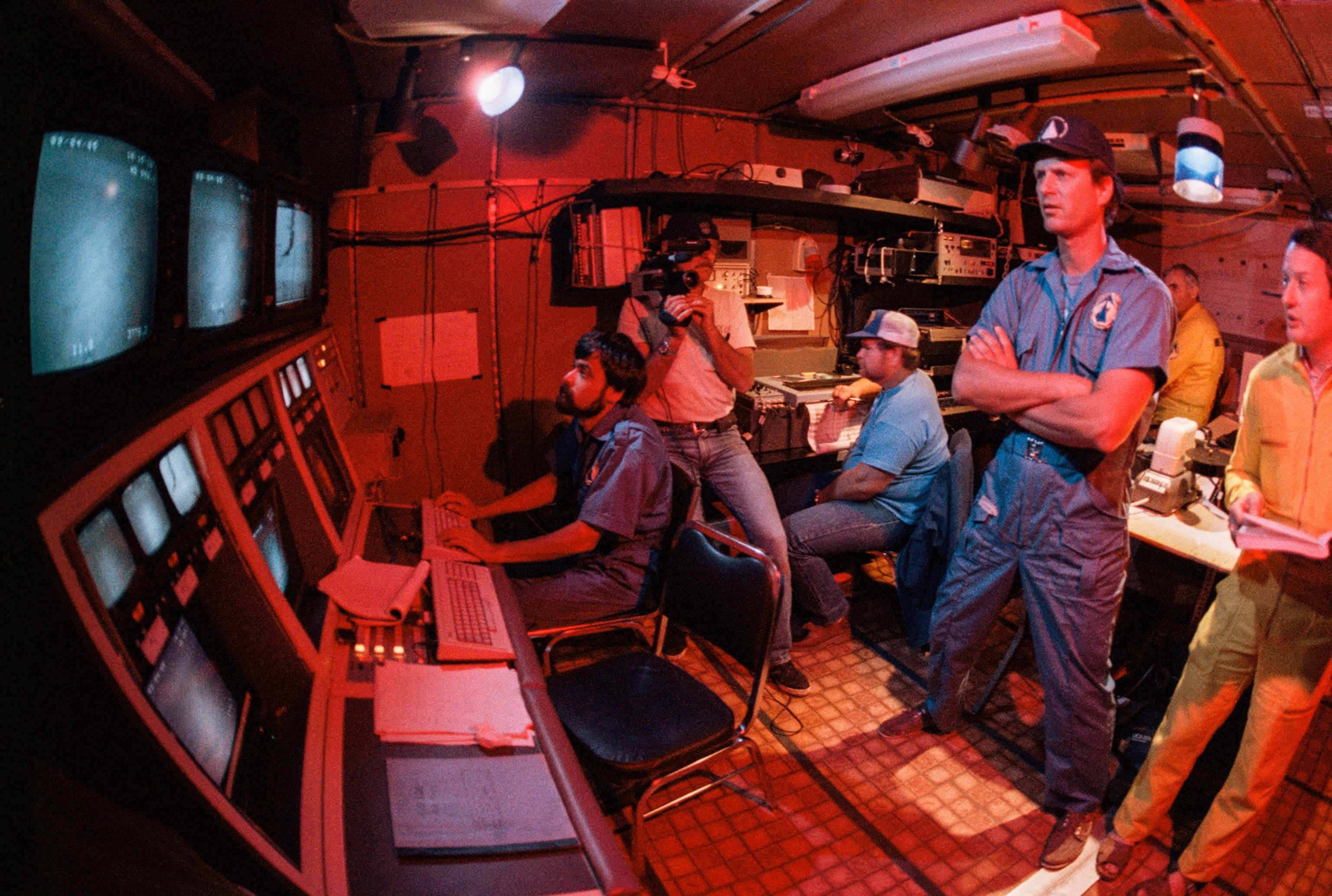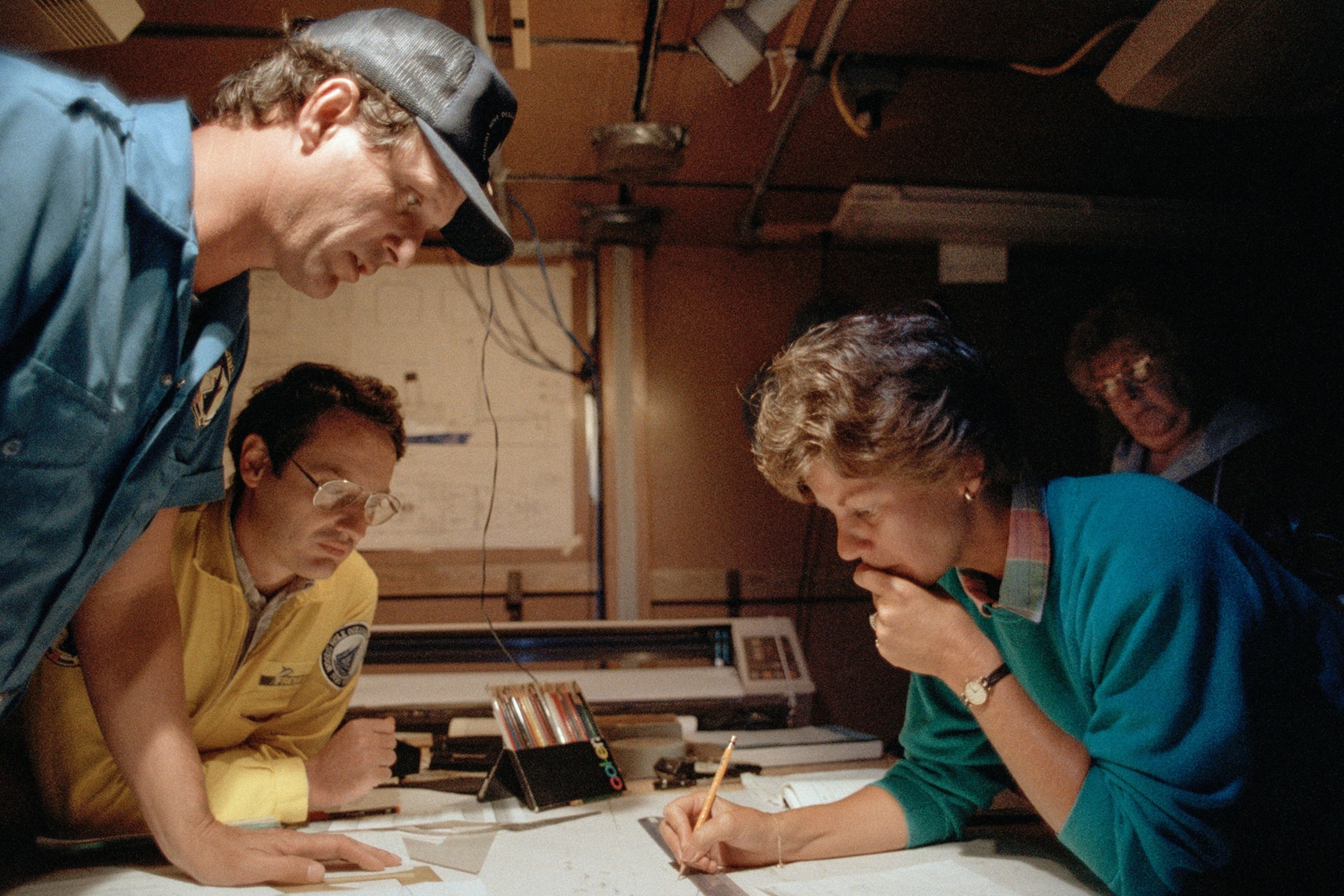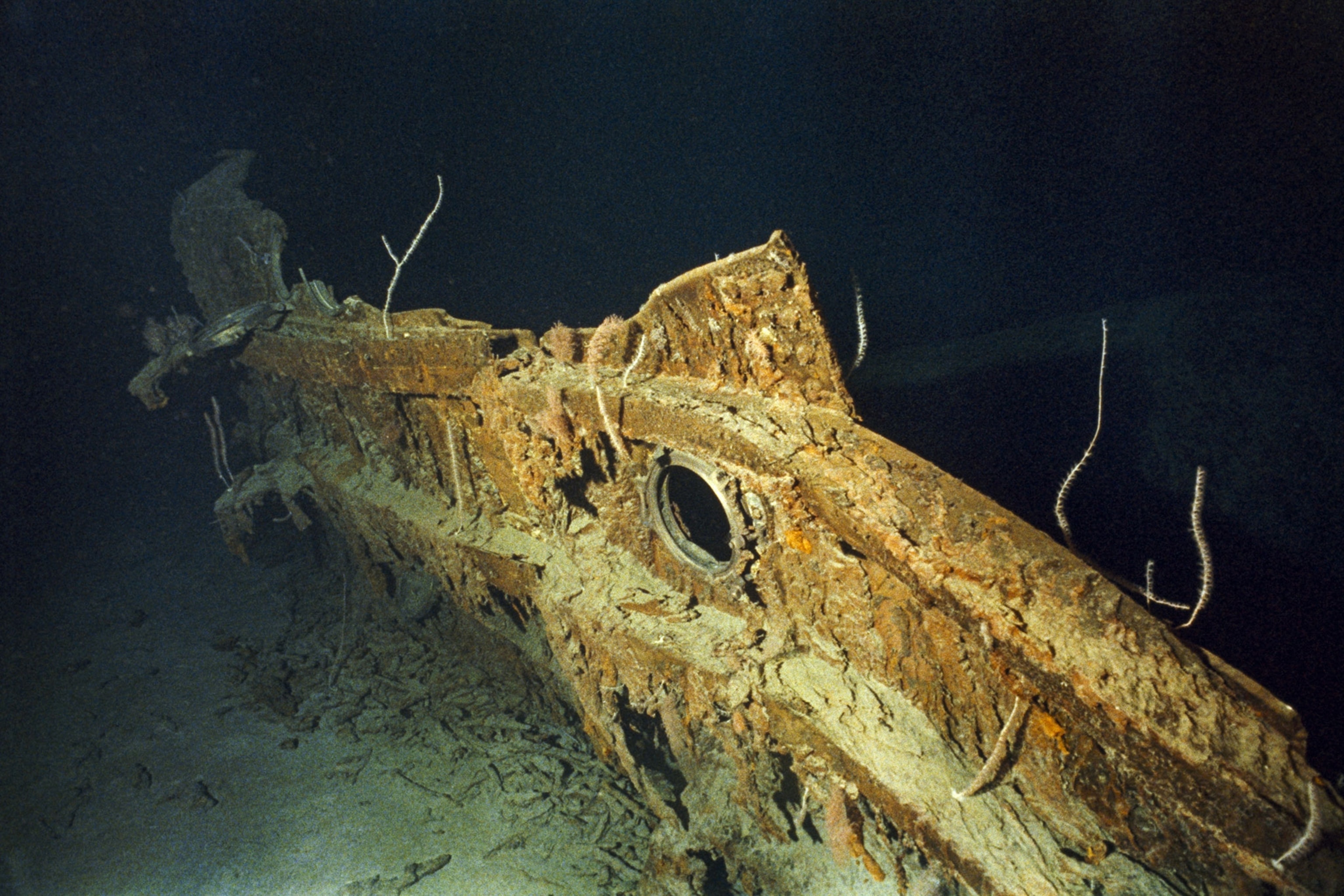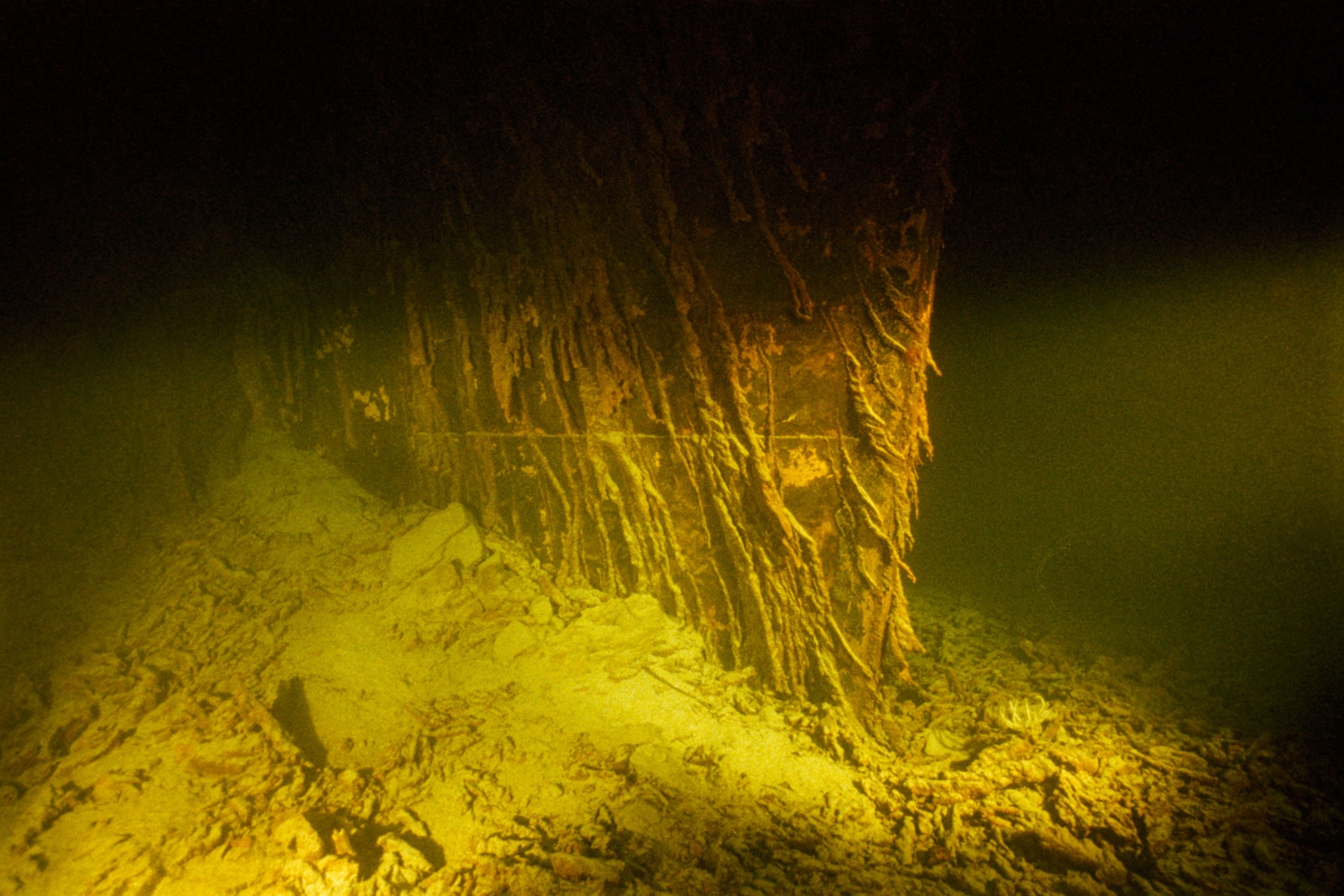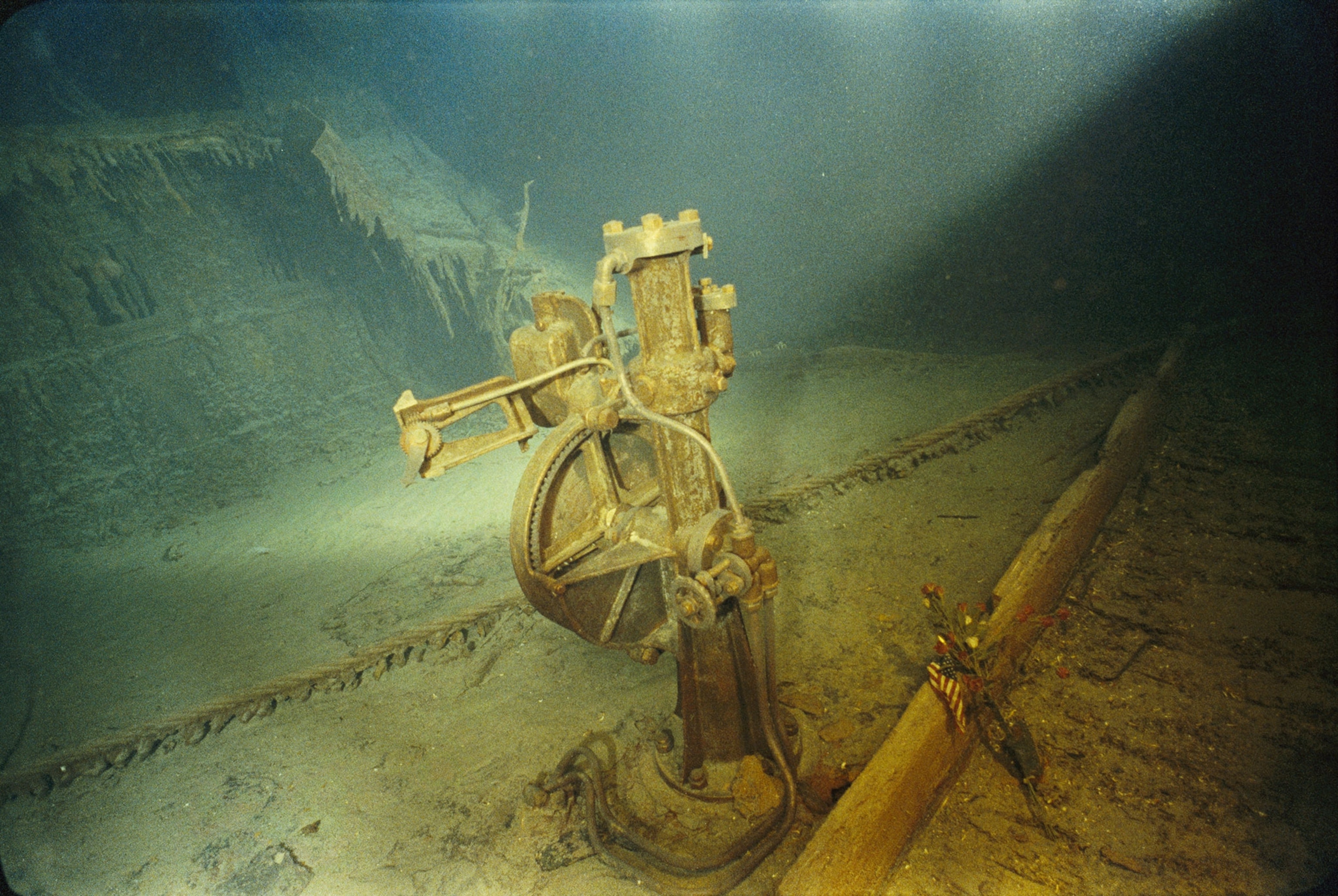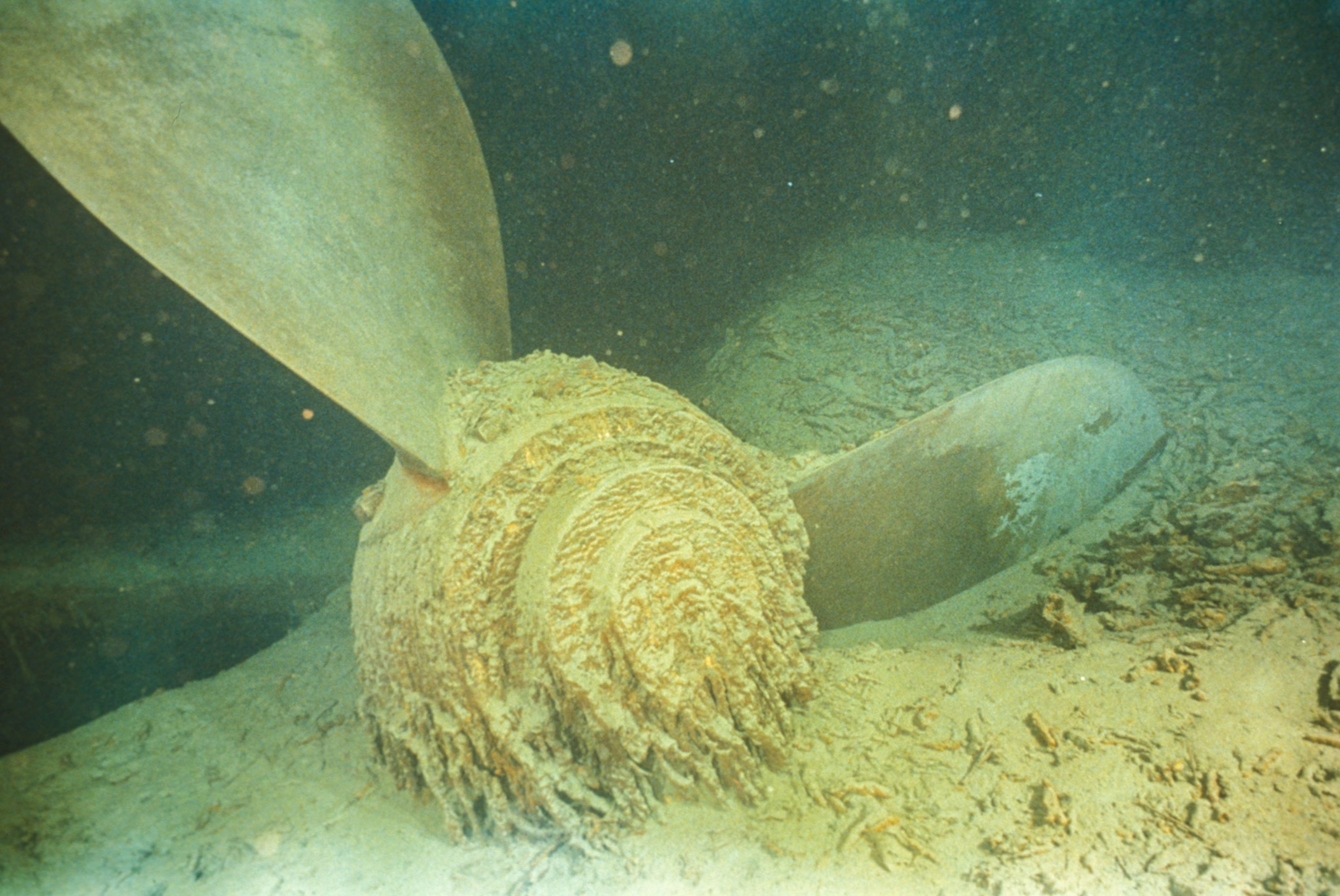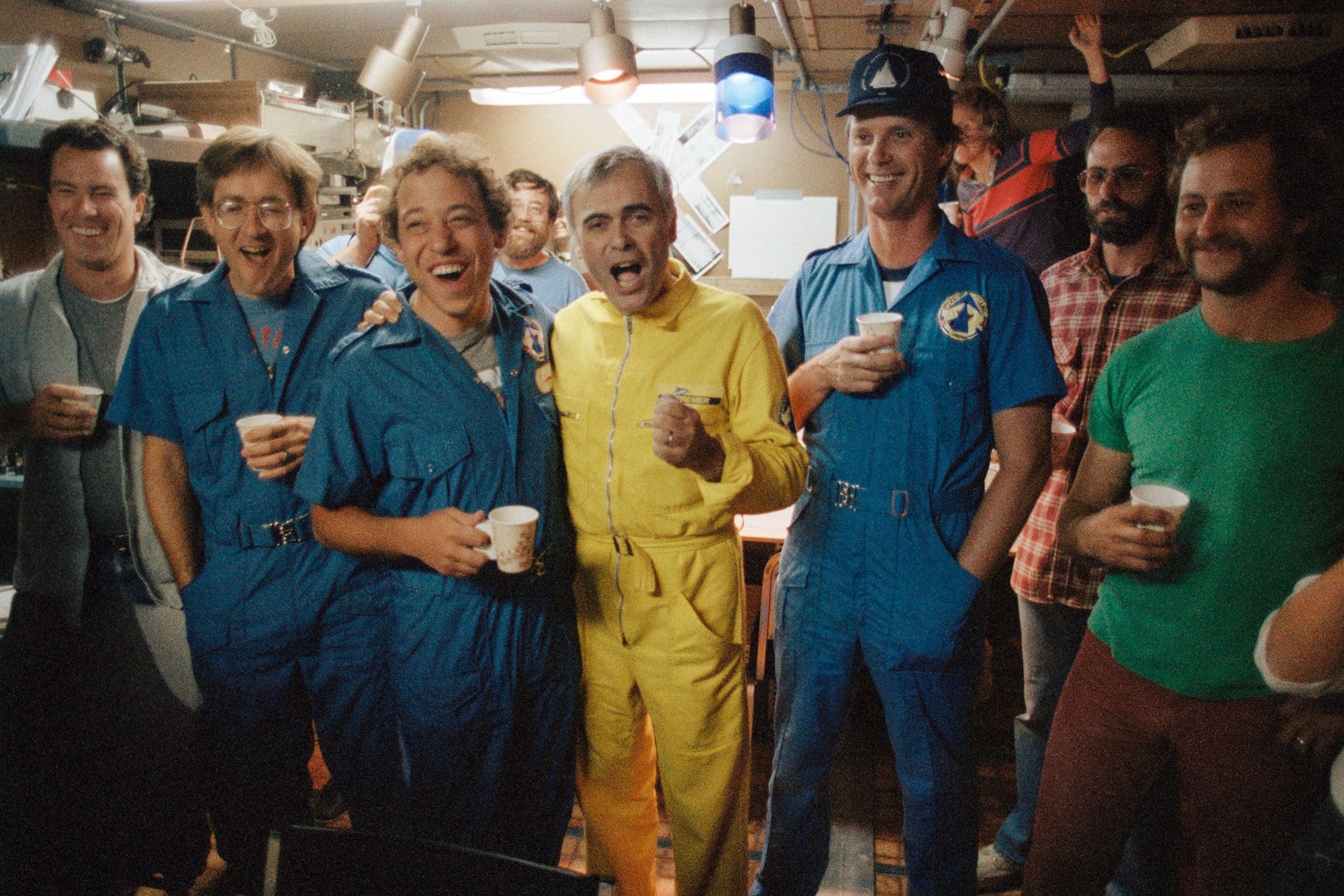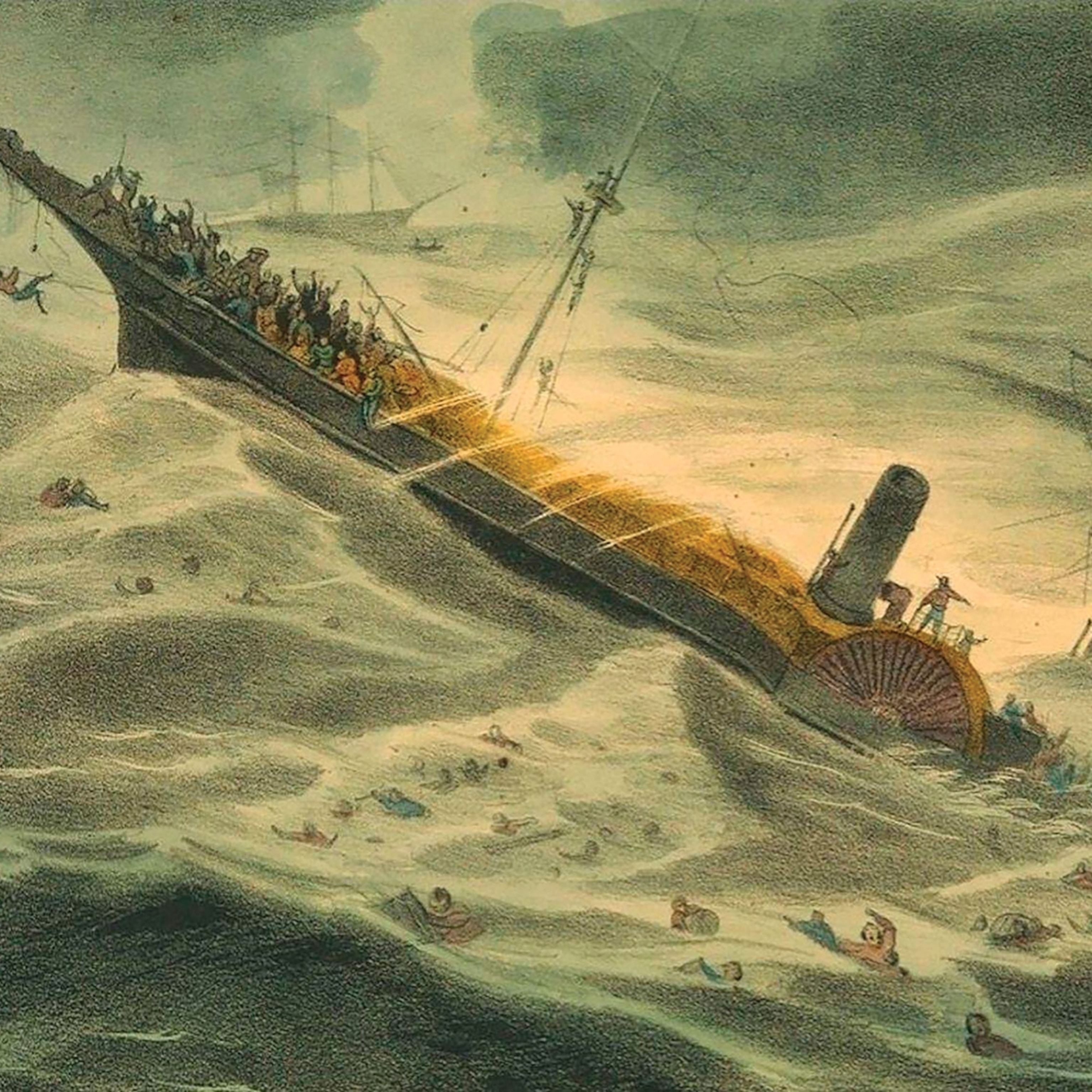Many historical accounts of the sinking of the RMS Titanic describe the 882.5-foot-long passenger ship as “slipping beneath the ocean waves,” as though the vessel and its passengers drifted tranquilly off to sleep, but nothing could be further from the truth. Based on years of careful analysis of the wreck, which employed then state-of-the-art flooding models and simulations used in the modern shipping industry, experts are able to paint a gruesome portrait of Titanic’s last hours and minutes.
Earlier this month, research on the ship continued as a team of experts completed five manned submersible dives at the site over an eight day span. Using high tech equipment, the team captured footage and images of the wreck that can be used to create 3D models for future augmented and virtual reality. The assets will help researchers further study the past and future of the ship.
The Titanic is in severe decay caused by salt corrosion and metal eating bacteria, Caladan Oceanic, the company overseeing the expedition, said in an announcement about the dives. A manned submersible reached the bottom of the north Atlantic Ocean in August.
The Titanic dive is being filmed by Atlantic Productions for the documentary special, "Mission Titanic", which will air globally on National Geographic in 2020.
“The most shocking area of deterioration was the starboard side of the officers’ quarters, where the captain’s quarters were,” said Titanic historian Parks Stephenson. The hull had started to collapse taking staterooms with it.
Scientists expect the erosion of the Titanic to continue.
“The future of the wreck is going to continue to deteriorate over time, it’s a natural process,” said scientist Lori Johnson.
The Titanic's fate was sealed on its maiden voyage from Southampton, England to New York City. At 11:40 p.m. on April 14, 1912, the Titanic sideswiped an iceberg in the north Atlantic, buckling portions of the starboard hull along a 300-foot span and exposing the six forward watertight compartments to the ocean’s waters. From this moment onward, sinking was a certainty. The demise may have been hastened, however, when crewmen pushed open a gangway door on the port side of Titanic in an aborted attempt to load lifeboats from a lower level. Since the ship had begun listing to port, gravity prevented the crew from closing the massive door, and by 1:50 a.m., the bow had settled enough to allow seawater to rush in through the gangway.
By 2:18 a.m., with the last lifeboat having departed 13 minutes earlier, the bow had filled with water and the stern had risen high enough into the air to expose the propellers and create catastrophic stresses on the middle of the ship. Then the Titanic cracked in half.
Once released from the stern section, the bow fell to the ocean floor at a fairly steep angle, nosing into the mud with such massive force that its ejecta patterns are still visible on the seafloor today.
The stern, lacking a hydrodynamic leading edge like the bow, tumbled and corkscrewed for more than two miles down to the ocean floor. Compartments exploded. Decks pancaked. Heavier pieces such as the boilers dropped straight down, while other pieces were flung off into the abyss.
The wreckage
For decades, a number of expeditions sought to find the Titanic without success—a problem compounded by the North Atlantic’s unpredictable weather, the enormous depth at which the sunken ship lies, and conflicting accounts of its final moments. Finally, 73 years after it sank, the final resting place of Titanic was located by National Geographic Explorer-in-Residence Robert Ballard, along with French scientist Jean-Louis Michel, on September 1, 1985. The Titanic had come to rest roughly 380 miles (612 kilometers) southeast of Newfoundland in international waters. (Discover how the Titanic was found during a secret Cold War mission.)
In the years since Ballard’s expedition, visitors to the site have made their mark: Modern trash litters the area, and some experts claim that submersibles have damaged the ship by landing on it or bumping into it. Organic processes are also relentlessly breaking down the Titanic: Mollusks have gobbled up most of the ship's wood while microbes eat away at exposed metal, forming icicle-like "rusticles."
"Everyone has their own opinion" as to how long Titanic will remain more or less intact, said research specialist Bill Lange of Woods Hole Oceanographic Institution in Massachusetts.
"Some people think the bow will collapse in a year or two," Lange said. "But others say it's going to be there for hundreds of years."
What was lost
More than 2,000 passengers and crew were aboard the Titanic’s maiden voyage, but only 706 survived the trip.
Although the ocean liner could carry 3,511 passengers, the Titanic only had lifeboats for 1,178 people. To make matters worse, not all of the lifeboats were filled to capacity during the desperate evacuation of the doomed ship. Most of the Titanic’s 1,500-odd victims died of hypothermia at the surface of the icy water. Hundreds of people may also have died inside the ship as it sank, most of them immigrant families in steerage class, looking forward to a new life in America.
Along with the lives lost, something else went down with the Titanic: An illusion of orderliness, a faith in technological progress, a yearning for the future that, as Europe drifted toward full-scale war, was soon replaced by fears and dreads all too familiar to our modern world. (Test your knowledge of the famous ship.)
“The Titanic disaster was the bursting of a bubble,” said filmmaker James Cameron. “There was such a sense of bounty in the first decade of the 20th century. Elevators! Automobiles! Airplanes! Wireless radio! Everything seemed so wondrous, on an endless upward spiral. Then it all came crashing down.”


